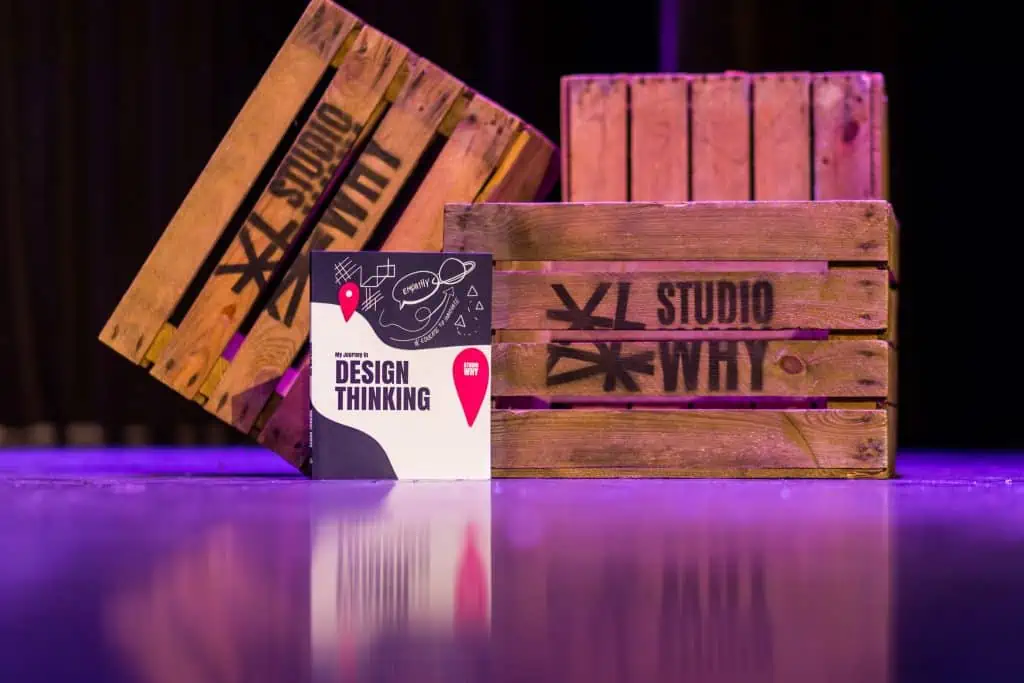
Is Design Thinking a good method and mindset for every problem? The answer is: no. When is it wise to apply it and when is it better to use an alternative approach? The model called the cynefin framework, created by Dave Snowden, provides a good overview.
In this quadrant, the solution to the problem is obvious to everyone. There is one way to solve this kind of problem and no one argues about it. If the grass is too long, use a lawn mower.
In this area, you will see most consulting firms active, because there is more than one solution and an expert on hand to find the right solution for you. This is the area where knowledge is available to solve the challenge. However, you will also find many challenges in this quadrant that are suitable for Design Thinking if you feel that the more obvious solutions may not be the real solution because the core problem is not clear (enough). Applying Design Thinking allows you to find the right solution to the right problem.
This is the area where Design Thinking is very useful. It is the area where there is no clear solution and solutions must be tested through experimentation and exploration. This leads to brand new solutions, usually no one has thought of them yet. Solutions are hard to predict; only hindsight provides insight into whether something will actually solve the problem. This is the area for unknown unknowns.
In this area, you don’t have time to look for a solution, but immediate action is required. For example, when a levee breach goes. Act first to stop the flooding, then you can discuss whether it was the best solution. Design Thinking is not a convenient choice at the moment.
5. Disorder.
This area is in the middle and is applied when you cannot apply any of the other four areas. This applies to situations where much is available and becomes too large to handle. Split the area into smaller chunks that fit into one of the previous areas and treat them step by step.
In addition to the cynefin model on complexity, there is also the question of how Design Thinking can be placed in relation to other ways of working, such as Lean Startup. The model below shows that Design Thinking is especially important early in the process. It helps you find the right answer for the right problem, while using Lean startup may lead you to the right solution for a problem that may not actually exist. That’s why we often see organizations like to start with Design Thinking, and when it comes to continuous improvement, they turn to Lean Startup and Design Sprints.
Subscribe to our 3-weekly newsletter: The Innovators Journey to get valuable insights, tips, resources and special offers to drive change.
We are dedicated to helping individuals and organizations unlock their innovation potential. Our team offers a range of services including webinars, workshops, tailored programs, coaching, and training that can be tailored to fit your specific needs and goals. Whether you are a large group or an individual seeking one-on-one support, we have options to accommodate you. Contact us today to discover how we can help drive innovation and success within your organization.
Education
Public Service
Healthcare
Infra & Mobility
Tech & ICT
Food & Pleasure
Finance
STUDIO.WHY
Genteldijk 5
4191 LD Geldermalsen
The Netherlands
We set the language based on your browser settings. If you would like to visit the site in another language you are most welcome to select that here!